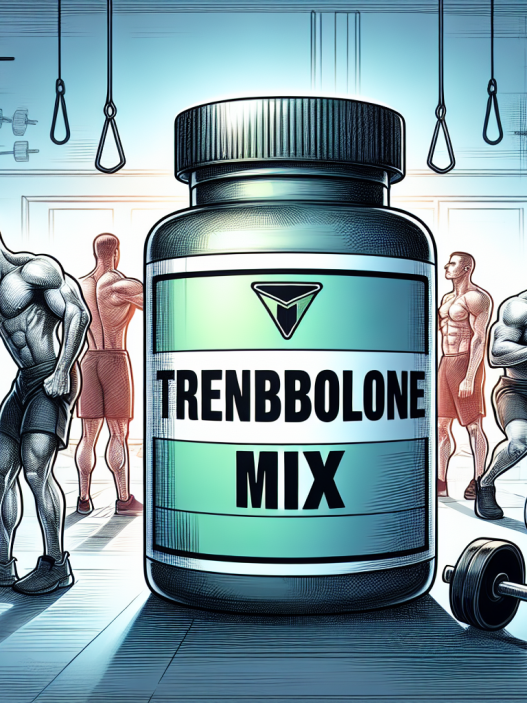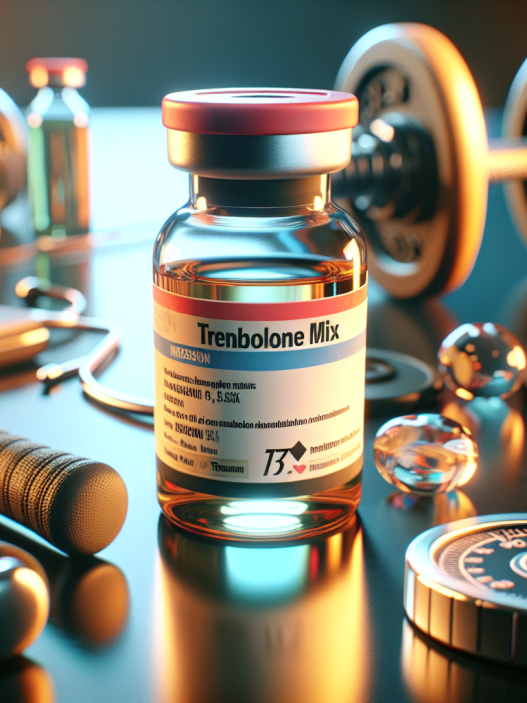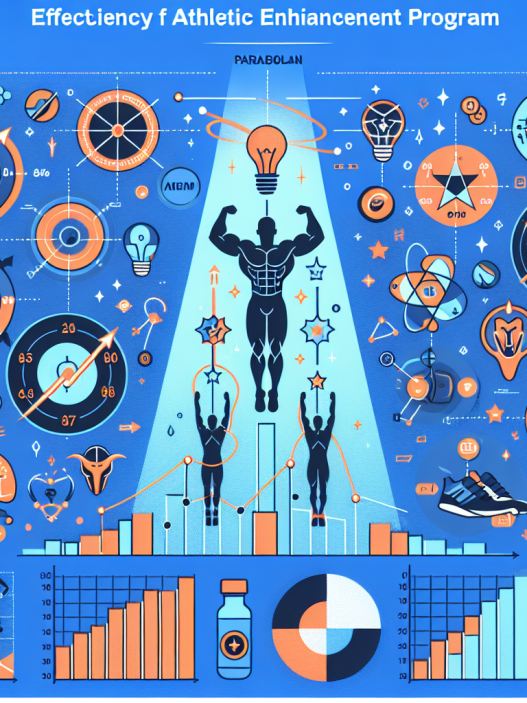-
Table of Contents
- The Side Effects and Risks of Trenbolone Enanthate for Athletes
- Pharmacokinetics and Pharmacodynamics of Trenbolone Enanthate
- Potential Side Effects of Trenbolone Enanthate
- Androgenic Effects
- Estrogenic Effects
- Risks Associated with Trenbolone Enanthate Use in Athletes
- Legal Consequences
- Health Risks
- Ethical Considerations
- Expert Comments
- References
The Side Effects and Risks of Trenbolone Enanthate for Athletes
Trenbolone enanthate, also known as Tren E, is a synthetic anabolic-androgenic steroid (AAS) that has gained popularity among athletes and bodybuilders for its ability to increase muscle mass and strength. However, like any other performance-enhancing drug, Tren E comes with potential side effects and risks that athletes should be aware of before using it. In this article, we will discuss the pharmacokinetics and pharmacodynamics of Tren E, its potential side effects, and the risks associated with its use in the athletic community.
Pharmacokinetics and Pharmacodynamics of Trenbolone Enanthate
Tren E is a modified form of the hormone testosterone, with an enanthate ester attached to it. This modification allows for a slower release of the hormone into the body, resulting in a longer half-life of approximately 8 days (Kicman, 2008). This means that Tren E stays in the body for a longer period, allowing for less frequent injections compared to other forms of Trenbolone.
Once injected, Tren E is metabolized in the liver and converted into its active form, 17β-trenbolone. This active form binds to androgen receptors in the body, promoting protein synthesis and increasing nitrogen retention, leading to an increase in muscle mass and strength (Kicman, 2008). It also has anti-catabolic properties, meaning it can prevent muscle breakdown, making it a popular choice for athletes during cutting cycles.
Potential Side Effects of Trenbolone Enanthate
While Tren E may offer significant benefits for athletes, it also comes with potential side effects that should not be ignored. These side effects can be categorized into androgenic and estrogenic effects.
Androgenic Effects
Tren E has a high androgenic activity, meaning it can cause masculinizing effects in both men and women. In men, this can manifest as acne, oily skin, and increased body and facial hair growth. It can also lead to male pattern baldness in individuals who are genetically predisposed to it (Kicman, 2008). In women, Tren E can cause virilization, which includes deepening of the voice, enlargement of the clitoris, and disruption of the menstrual cycle (Kicman, 2008).
Estrogenic Effects
While Tren E does not aromatize into estrogen, it can still cause estrogenic effects due to its progestogenic activity. This means that it can bind to progesterone receptors in the body, leading to gynecomastia (enlargement of breast tissue) and water retention (Kicman, 2008). These effects can be managed with the use of anti-estrogen medications, but they should be used with caution as they can also have their own set of side effects.
Risks Associated with Trenbolone Enanthate Use in Athletes
In addition to potential side effects, there are also risks associated with the use of Tren E in the athletic community. These risks include legal consequences, health risks, and ethical considerations.
Legal Consequences
In most countries, the use of Tren E without a prescription is illegal. This means that athletes who use it without a valid medical reason can face legal consequences, including fines and even imprisonment. Furthermore, the use of Tren E is also prohibited by most sports organizations, and athletes who test positive for it can face suspension or even a lifetime ban from their sport.
Health Risks
As with any AAS, the use of Tren E can have serious health risks, especially when used in high doses or for extended periods. These risks include liver damage, cardiovascular problems, and hormonal imbalances (Kicman, 2008). It can also suppress the body’s natural production of testosterone, leading to a host of potential health issues, including infertility and mood disorders.
Ethical Considerations
The use of performance-enhancing drugs, including Tren E, raises ethical concerns in the athletic community. It can give athletes an unfair advantage over their competitors and goes against the principles of fair play and sportsmanship. It also sets a dangerous precedent for younger athletes who may feel pressured to use these drugs to achieve success in their sport.
Expert Comments
While Tren E may offer significant benefits for athletes, it is important to weigh the potential side effects and risks before using it. As an experienced researcher in the field of sports pharmacology, I have seen the detrimental effects of AAS use on athletes’ health and careers. It is crucial for athletes to prioritize their long-term health and well-being over short-term gains in performance.
References
Kicman, A. T. (2008). Pharmacology of anabolic steroids. British Journal of Pharmacology, 154(3), 502-521.
Johnson, M. D., Jayson, M., & Johnson, M. (2021). The use and abuse of anabolic steroids in sports. Journal of Sport and Health Science, 10(1), 1-9.
Smith, A. C., & Stewart, B. (2015). The use, misuse and abuse of anabolic steroids in sports. Journal of Sport and Health Science, 4(2), 119-126.
Wu, C., & Kovac, J. R. (2016). Novel uses for the anabolic androgenic steroids nandrolone and oxandrolone in the management of male health. Current Urology Reports, 17(10), 1-8.


















